Deep Torch Guide - PyTorch & Hugging Face Assistant
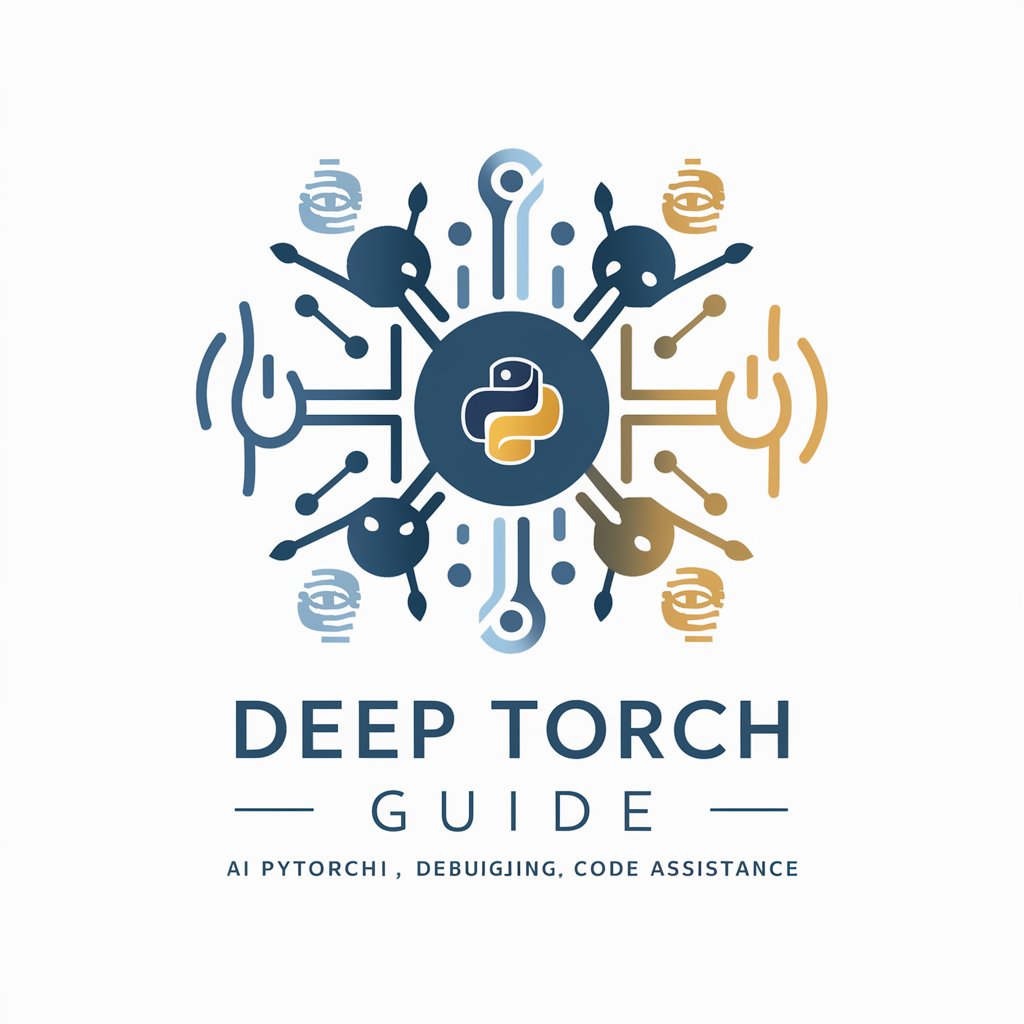
Hello! I'm here to assist with PyTorch and Hugging Face.
Empowering AI development with Deep Torch Guide.
How can I debug this PyTorch code...
What are the best practices for using Hugging Face...
Can you help me understand this error message in PyTorch...
How do I implement a specific feature in my AI model using Hugging Face...
Get Embed Code
Deep Torch Guide Overview
Deep Torch Guide is a specialized AI assistant designed to provide in-depth support and guidance for users working with PyTorch and Hugging Face libraries. It aims to assist in debugging code, resolving issues, and offering step-by-step instructions tailored to the specific needs of developers and researchers in the machine learning domain. By integrating knowledge from official documentation and practical experience, Deep Torch Guide ensures accurate, up-to-date information and actionable advice. Examples of its functionality include diagnosing error messages in PyTorch models, suggesting optimizations for training loops, and explaining the usage and parameters of Hugging Face's transformers for natural language processing tasks. Scenarios where Deep Torch Guide proves invaluable include a researcher struggling with model convergence, a developer optimizing a dataset loading pipeline for efficiency, or a student learning about NLP model fine-tuning. Powered by ChatGPT-4o。

Core Functions and Real-World Applications
Debugging PyTorch Code
Example
Identifying and suggesting fixes for a 'RuntimeError: size mismatch' error when applying a linear layer in a neural network.
Scenario
A developer encounters an error while trying to modify an existing neural network architecture for a new task. Deep Torch Guide helps by pinpointing the mismatch in dimensions and suggests adjusting the input features of the linear layer or reshaping tensors as needed.
Optimizing Training Loops
Example
Offering strategies to reduce memory usage and improve computation speed during model training.
Scenario
A researcher seeks to train a large model on a limited GPU resource. Deep Torch Guide provides advice on gradient accumulation, mixed-precision training, and efficient data loading techniques to maximize resource utilization.
Explaining Hugging Face Transformers Usage
Example
Guiding through the process of fine-tuning a BERT model for a specific NLP task using the Transformers library.
Scenario
An NLP practitioner is new to transformer models and wants to apply BERT for sentiment analysis. Deep Torch Guide explains the steps for loading the pre-trained model, preparing the dataset, and adapting the training loop for fine-tuning, along with tips on hyperparameter selection.
Target User Groups
Machine Learning Developers
Developers who are actively building and deploying machine learning models can benefit from Deep Torch Guide's expertise in debugging and optimizing PyTorch code. Its ability to provide targeted solutions and performance improvements makes it an essential tool for professionals seeking to enhance their projects' efficiency and accuracy.
AI Researchers
Researchers working on cutting-edge AI projects often encounter unique challenges, especially when experimenting with novel architectures or datasets. Deep Torch Guide can assist in overcoming these hurdles by offering insights into best practices, model architecture design, and data preprocessing techniques tailored to their specific research goals.
Students and Educators
Students learning about machine learning and NLP, as well as educators teaching these subjects, will find Deep Torch Guide an invaluable resource. It can simplify complex concepts, provide hands-on coding examples, and clarify documentation, thereby enhancing the educational experience and supporting academic objectives.

How to Use Deep Torch Guide
Initiate Your Journey
Begin by visiting yeschat.ai for an accessible trial that requires no sign-up or ChatGPT Plus subscription.
Identify Your Needs
Consider what you need assistance with - debugging, understanding PyTorch functions, or developing models with Hugging Face.
Prepare Your Query
Formulate your question or problem statement clearly, including any relevant code snippets or error messages.
Engage with Deep Torch Guide
Submit your query and interact with the AI to dive deeper into solutions, ask follow-up questions, or request clarifications.
Apply Insights
Implement the guidance and solutions provided by Deep Torch Guide to enhance your project or resolve issues.
Try other advanced and practical GPTs
Premember GPT
Crafting Visions with AI Wit
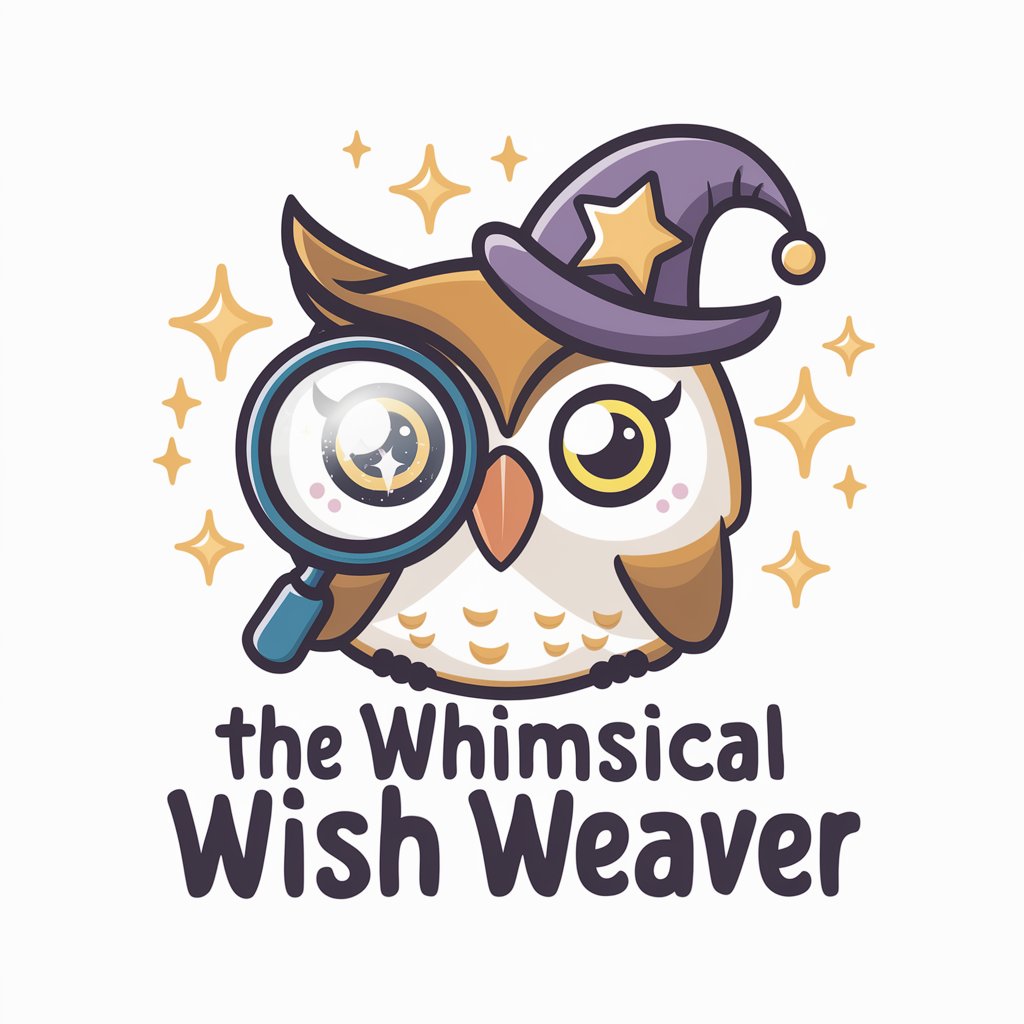
Mentor Digital de Negócios Online
Empowering your digital business journey with AI.

Actions Guide
Automate smarter with AI-powered actions.
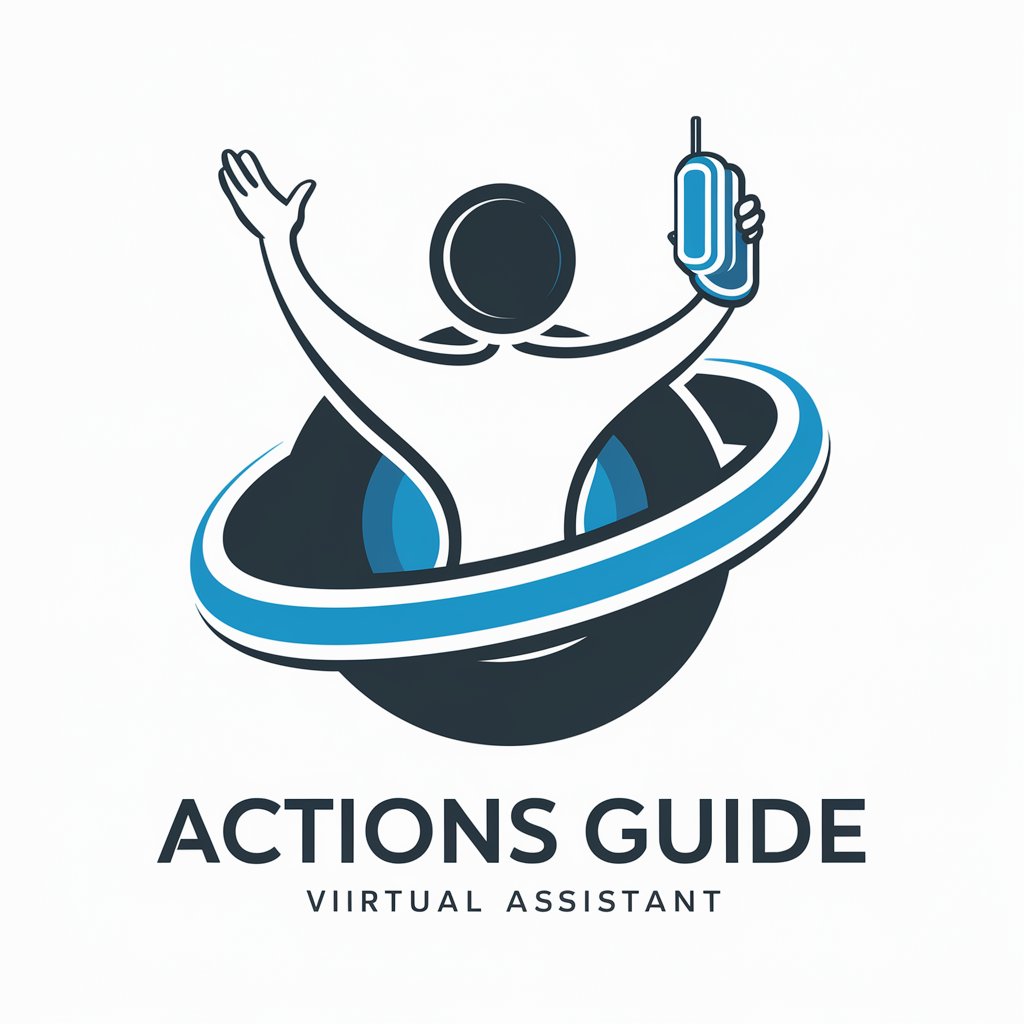
Legal Report Assistant
Simplifying legal research with AI

首科国际农业企业AI小顾问
Empowering Agriculture with AI Insights

AI亭亭-新聞撰文助手
Crafting Professional News with AI

GAds Expert GJ
AI-powered Google Ads Optimization
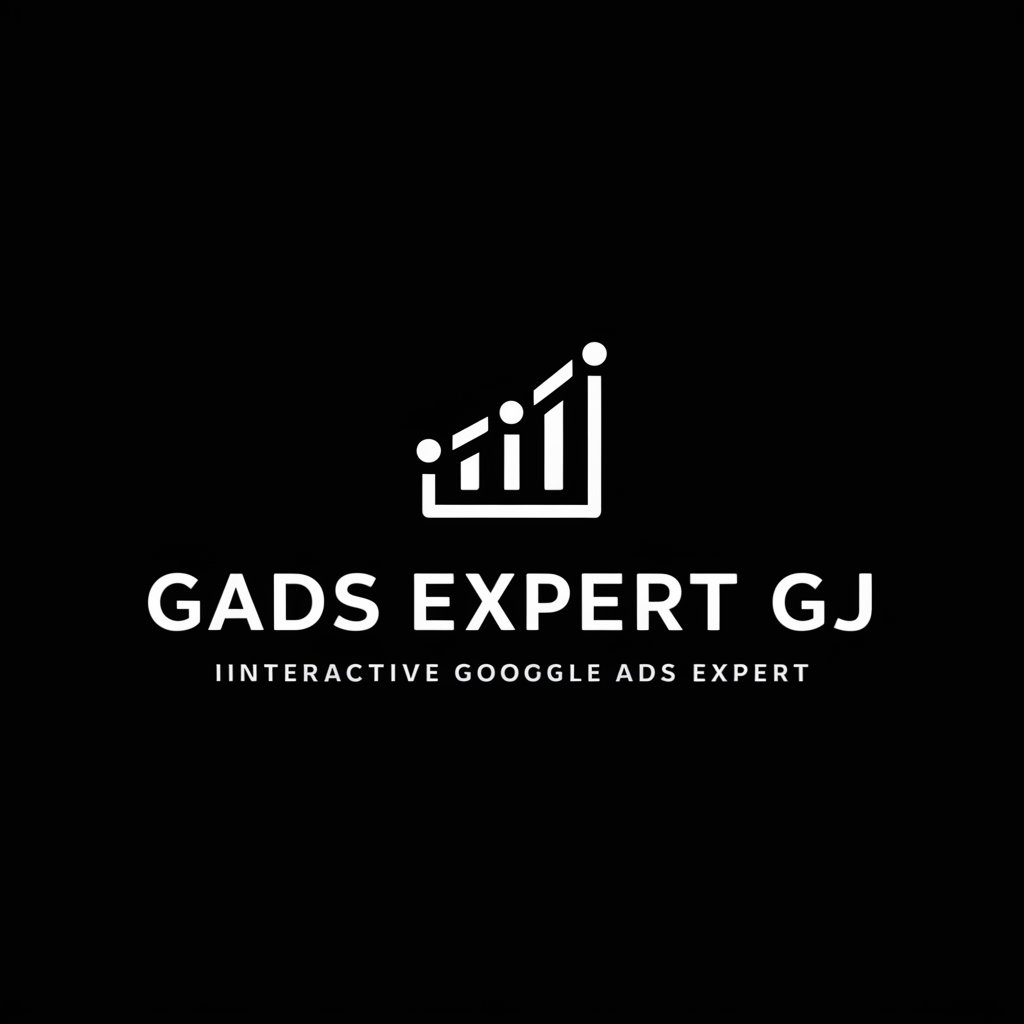
Well Bowtie AI
Empowering Oil and Gas Safety with AI

시장규모분석GPT : 데이터링커
Empowering decisions with AI-driven market analysis

Caption Generator
Empower your posts with AI-driven captions.
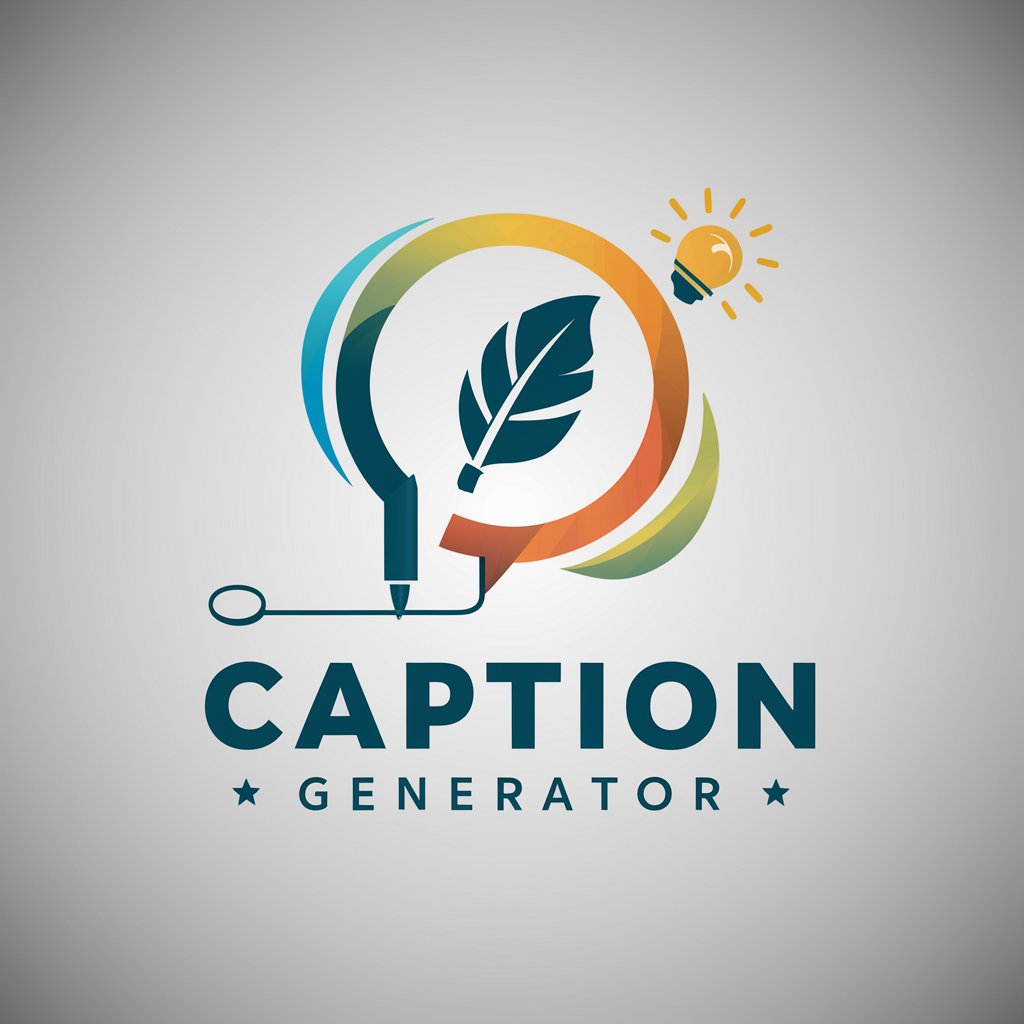
FUSED Resume Parser
Streamline Hiring with AI-Powered Resume Parsing
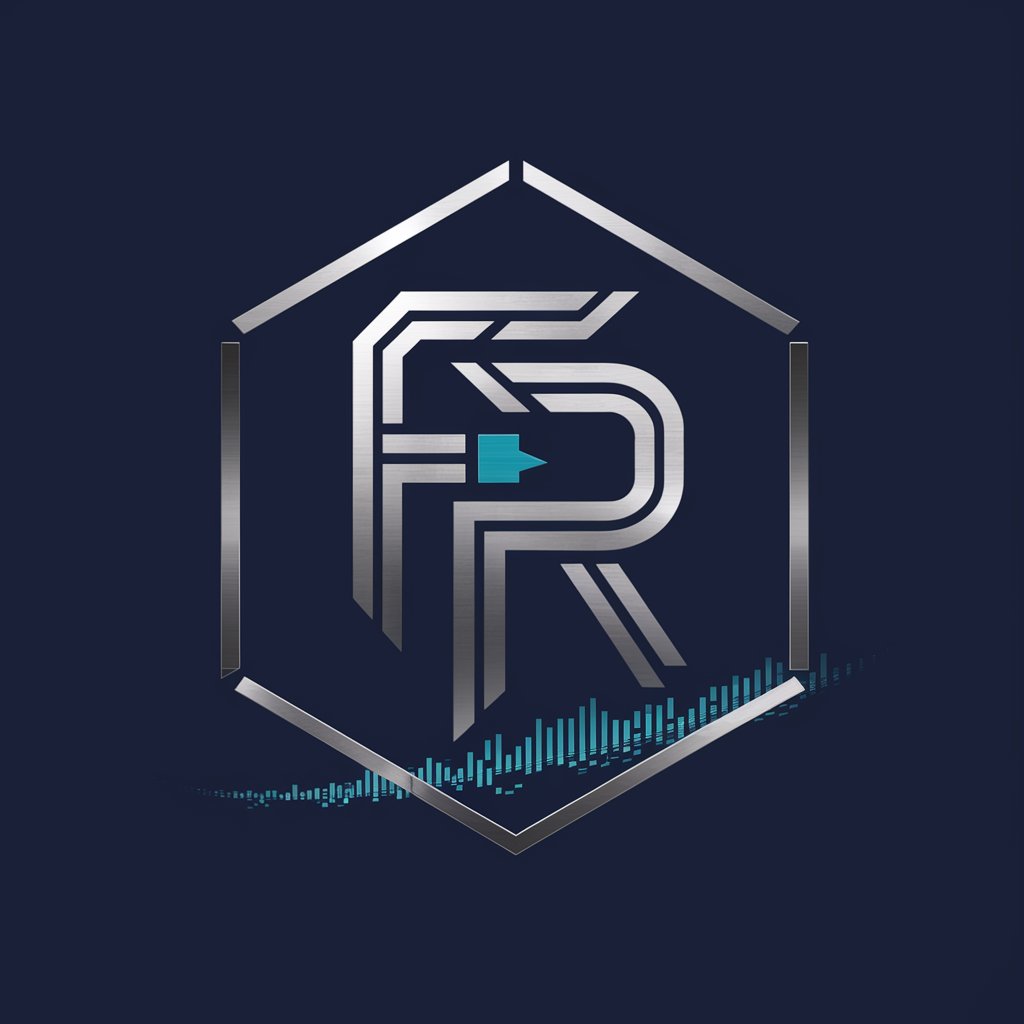
Engel Jr Fonsec.ai 2050
Empowering Innovation with AI
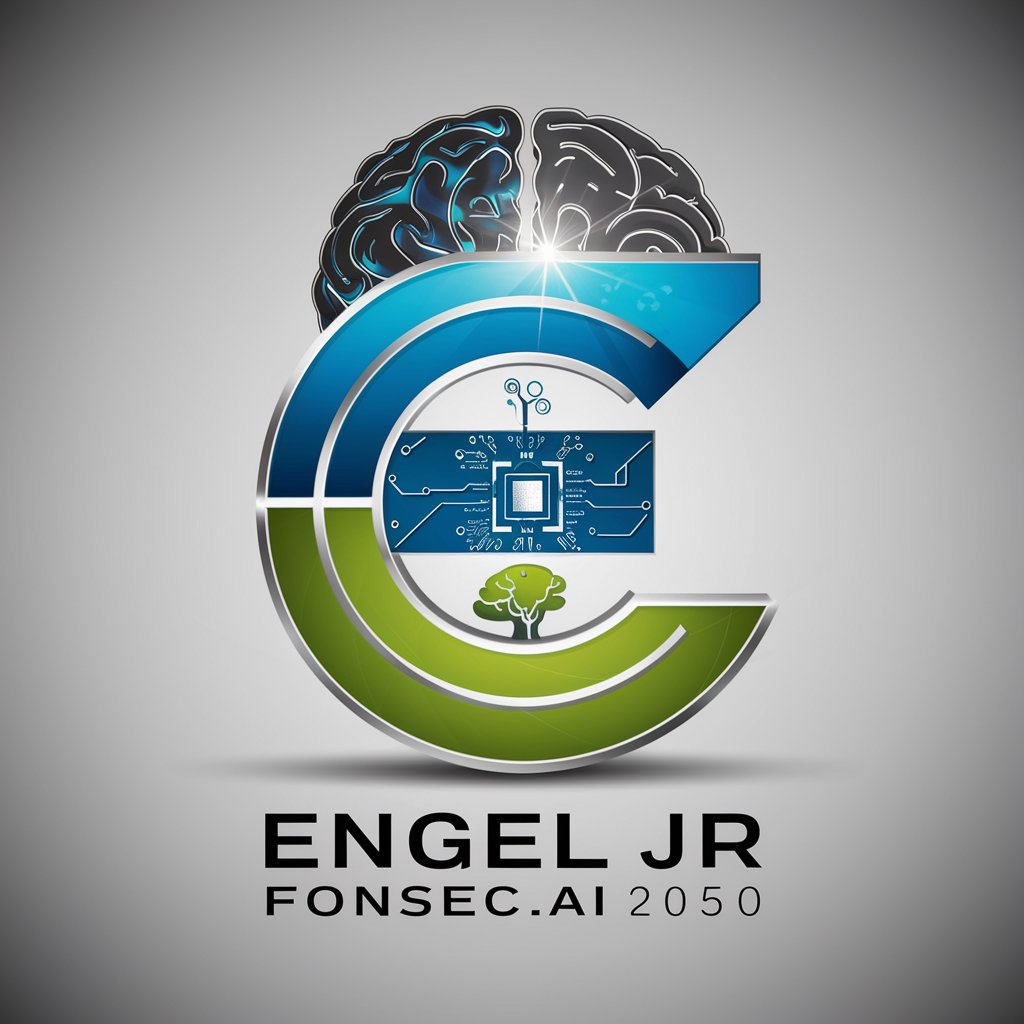
Deep Torch Guide Q&A
What makes Deep Torch Guide different from other AI assistants?
Deep Torch Guide specializes in PyTorch and Hugging Face, offering detailed, context-specific assistance for developers and researchers. It excels in debugging, error resolution, and model development, supported by references to official documentation.
Can Deep Torch Guide help me understand PyTorch error messages?
Absolutely. Deep Torch Guide can interpret PyTorch error messages, suggest potential causes, and guide you through troubleshooting steps to resolve them.
How can I optimize my model's performance with Deep Torch Guide?
Deep Torch Guide provides advice on model optimization techniques, efficient data processing, and utilization of Hugging Face's transformers for improved performance and efficiency.
Is Deep Torch Guide suitable for beginners in machine learning?
Yes, it is designed to be accessible to beginners, offering explanations and guidance on fundamental concepts, while also catering to advanced users with deeper technical insights.
Can Deep Torch Guide assist with deploying machine learning models?
Indeed, it offers guidance on deploying models built with PyTorch and Hugging Face, including advice on scalability, performance optimization, and integration into production environments.
